Affiliate links on Android Authority may earn us a commission. Learn more.
Qualcomm: Always one step ahead
Published onFebruary 9, 2014
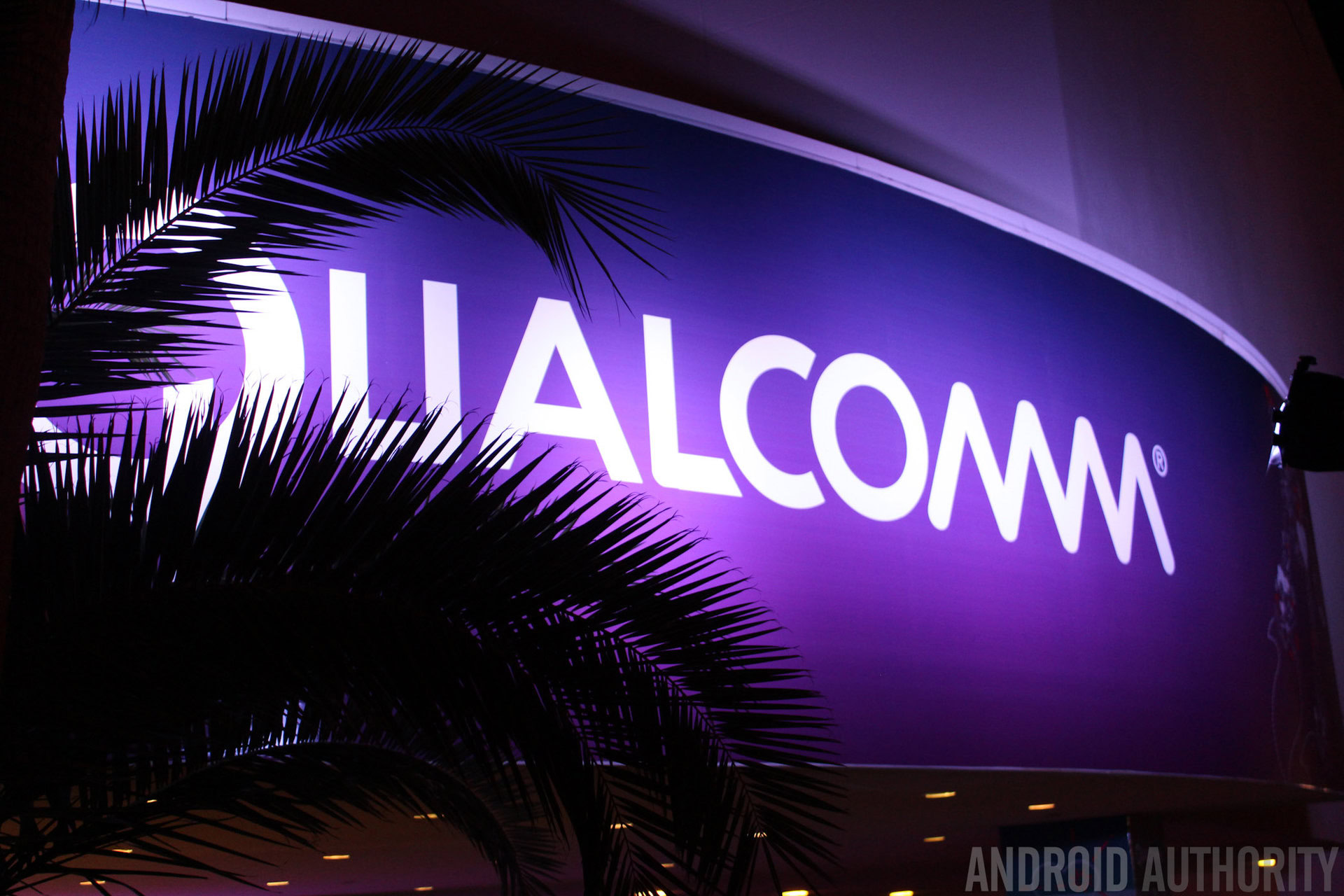
Looking beyond the big OEMs, there is one company that has rode the wave of smartphone success like no other. The multinational telecommunications and semiconductor giant Qualcomm has made its fortune on wireless wizardry. Its market cap currently sits at more than $123 billion, which is $4 billion more than Intel is worth. From pioneering CDMA to pushing LTE and dominating the mobile chipset market, there’s certainly been no lack of vision.
Qualcomm is always looking for the next development. It’s already churning out low-end chipsets and partnering with China Mobile to capitalize on the growing market and the impending LTE boom in China. It holds countless patents that ensure a royalty stream from smartphone manufacturers and network providers. It is also the dominant force in mobile processors right now. The Snapdragon line has found its way into millions of smartphones over the last few years.
How did Qualcomm climb into such a dominant position? Can the company hold its ground, or even expand, in the face of some serious competition? Let’s take a look at Qualcomm’s history and its prospects.
Academia to business

In 1968 three Jewish academics, Irwin M. Jacobs, Andrew Viterbi and Leonard Kleinrock, all alumni of MIT (amongst other places), founded Linkabit. It was a consulting company that secured government business solving problems for organizations like DARPA, and NASA. Kleinrock left, and would go on to be influential in the development of the Internet, winning the National Medal of Science in 2007. Jacobs and Viterbi would go on to found Qualcomm.
Quality Communications
In 1985 Irwin Jacobs gathered Franklin Antonio, Adelia Coffman, Andrew Cohen, Klein Gilhousen, Andrew Viterbi and Harvey White at his home in San Diego and they agreed to start a new company that would focus on Quality Communications, hence the name Qualcomm.
As Jacobs would later explain in an interview with the Boston Business Journal, “At Qualcomm, we had no business plan. We had no product in mind. We didn’t put much money into it. But we knew wireless. There had to be something interesting there. And within I think the first six months, we came up with various ideas that have kept us basically busy ever since.”
Qualcomm’s first contract was with the U.S. military working on CDMA (code division multiple access) technology. It wasn’t the exclusive focus. The OmniTRACS satellite-based data communications system was launched by Qualcomm in 1988 to enable trucking companies to track and monitor their fleets in the field. However, it was the 1989 CDMA demonstration to 50 wireless industry leaders that set Qualcomm on its current path.
CDMA takes off
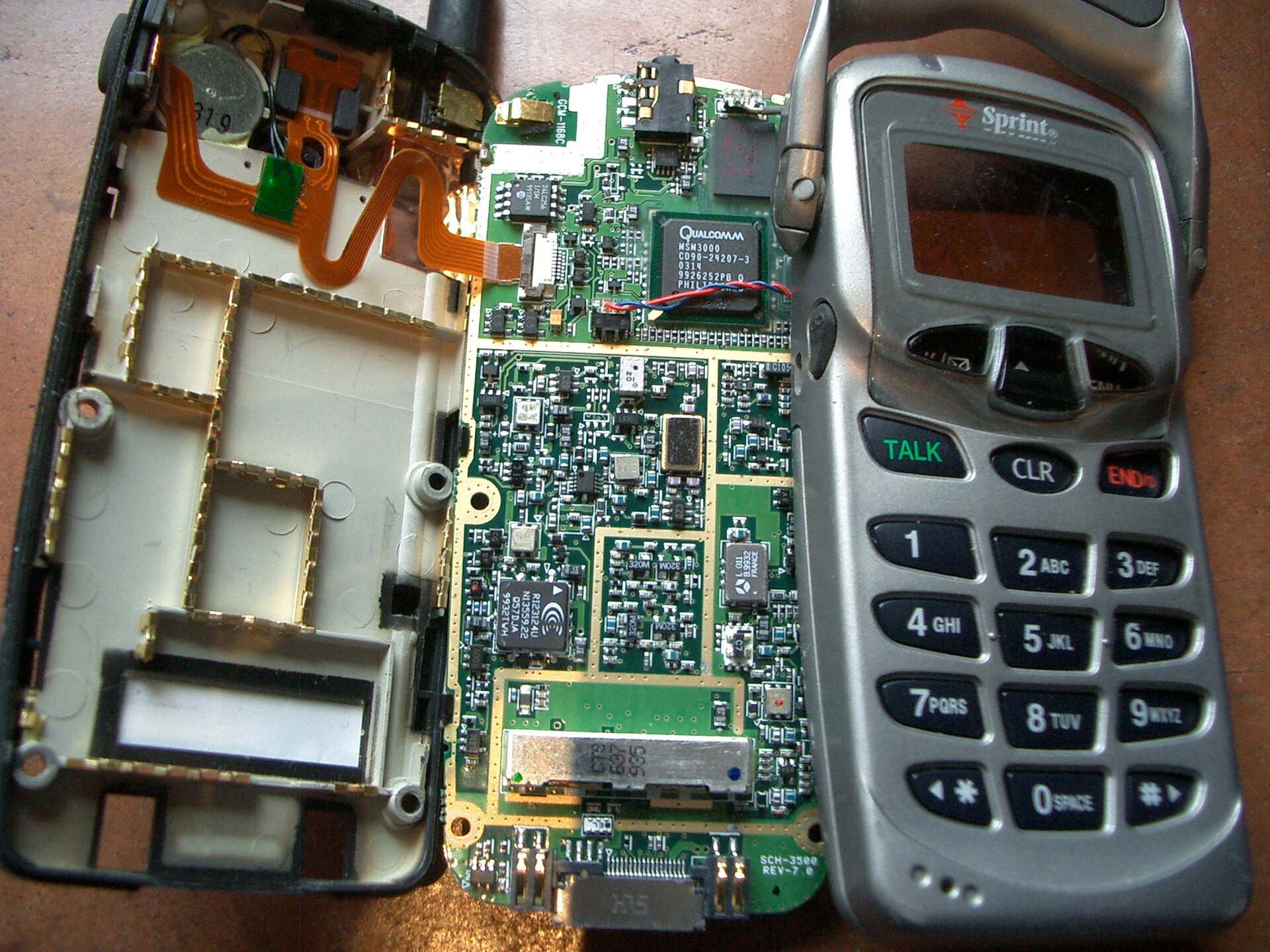
In 1993 Qualcomm was able to demonstrate data services over CDMA, paving the way for better mobile Internet connectivity. The U.S. Telecommunications Industry Association adopted CDMA as a cellular standard and Qualcomm was soon supplying network infrastructure, chipsets, and licensing its technology to partners. In 1999 the International Telecommunications Union would choose CDMA as the primary technology behind 3G (third-generation wireless networks).
The first CDMA smartphone in the world landed in 1998. It was born from a partnership with Palm and it was called the pdQ. It basically integrated a Palm Pilot with a cell phone. It was bulky and expensive, but Internet-capable mobile phones were taking off.
The right mix
Qualcomm is very good at designing, creating and selling integrated chipsets. It also offers software for mobile devices and wireless networks. Extensive research has enabled it to amass a lot of patents, and it has acquired even more, it recently bought a patent portfolio from HP. That twin stream of sales of its own innovative hardware and software coupled with licensing revenue through its patent portfolio puts Qualcomm in a very healthy position.
In 2000 Qualcomm integrated GPS into its multimedia CDMA chipset and system software. That combined GPS with Internet connectivity and MP3 and Bluetooth functionality. Over the years it has folded in more capabilities, increased the processing power dramatically, and improved power efficiency. That’s why it was the leading mobile chipset provider in the world by 2007.
Snapdragon and Android
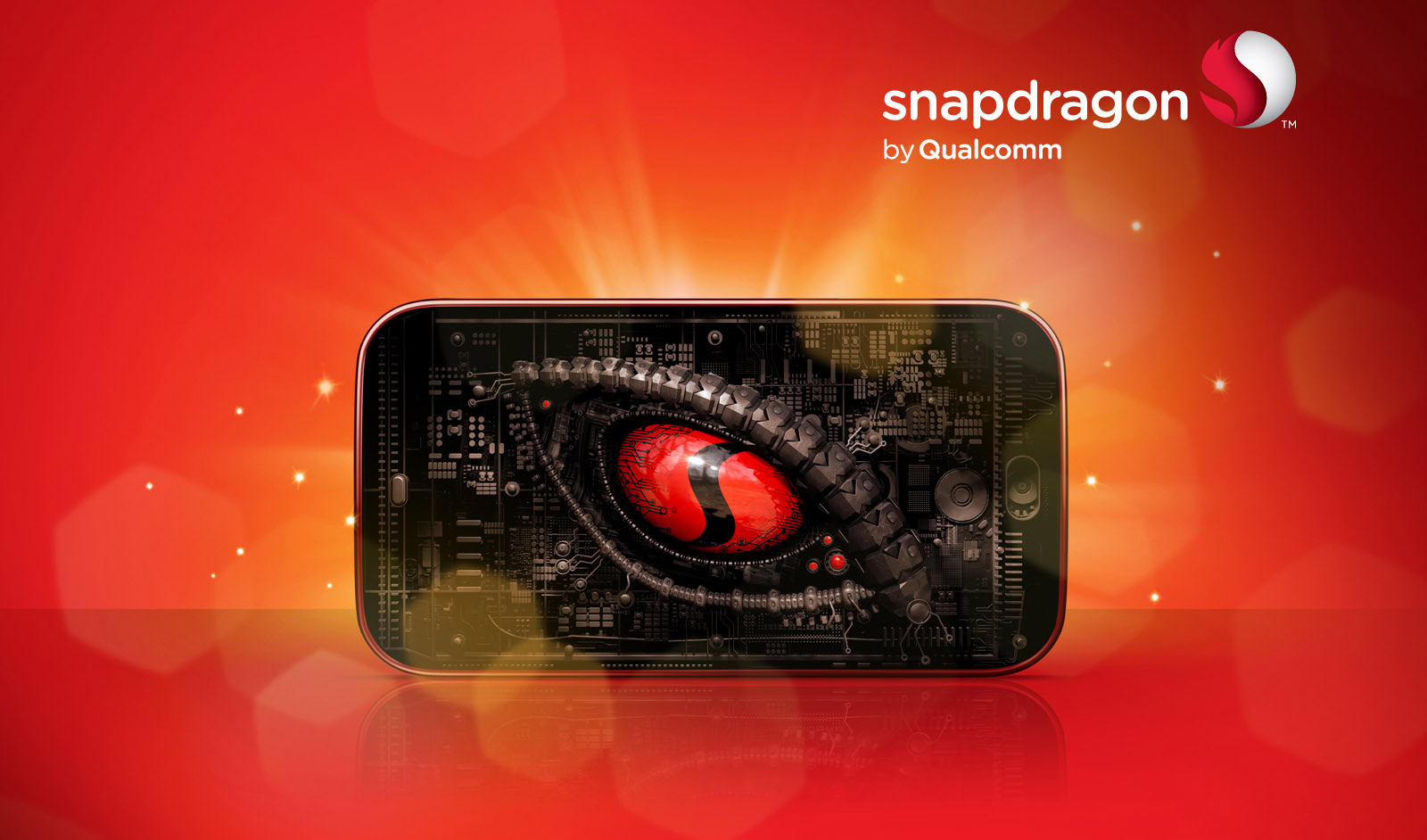
Instead of resting on its laurels Qualcomm announced the Snapdragon platform at the end of 2007. It would set a new benchmark for features, performance, and power consumption.
Qualcomm also worked with HTCon a chipset to power the first Android smartphone, the T-Mobile G1, which landed in October 2008. The Snapdragon family would serve in BlackBerry, Windows Mobile, and Windows Phone devices, but Android was the platform that would bring real success. Smartphones from all the major manufacturers, including Samsung, Sony, LG, Motorola, HTC, HUAWEI, ZTE, and many more have relied on Snapdragon systems.
Qualcomm wants to do more. It would like to supply all the communication components in smartphones. Its RF360 solution is about offering support for as many LTE bands as possible in a small package that doesn’t use much power. It’s a step towards phones that work everywhere in the world.
Beyond SoC manufacture
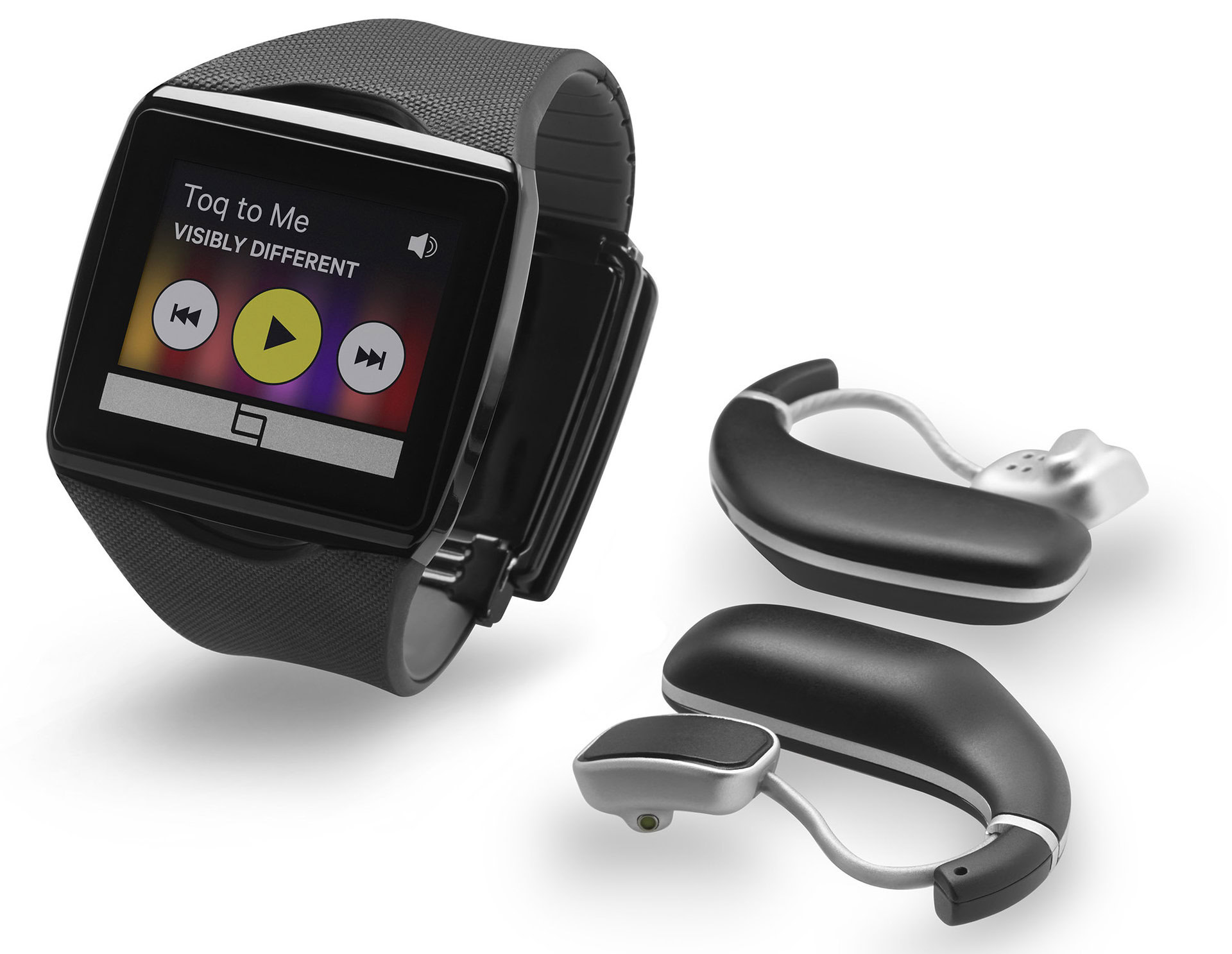
It has also been trying to push its low-power color display technology, Mirasol, using the Qualcomm Toq smartwatch, which is really a reference device rather than a serious attempt to conquer the smartwatch market. As current Qualcomm CEO, Steve Mollenkopf, recently told CNET, “Primarily why we did it was to showcase the Mirasol technology as well as wireless charging. … For us, it’s not really a business.”
Qualcomm wants to inspire other manufacturers to use its technology; it even has a reference design program, QRD, to help put device manufacturers together with component vendors and software developers.
It has also been talking about the Internet of Everything, building on the Internet of Things by wirelessly connecting billions of devices. Qualcomm is looking to leverage its existing technologies to push beyond mobile into cars, wearables, and home automation.
Pretenders to the throne
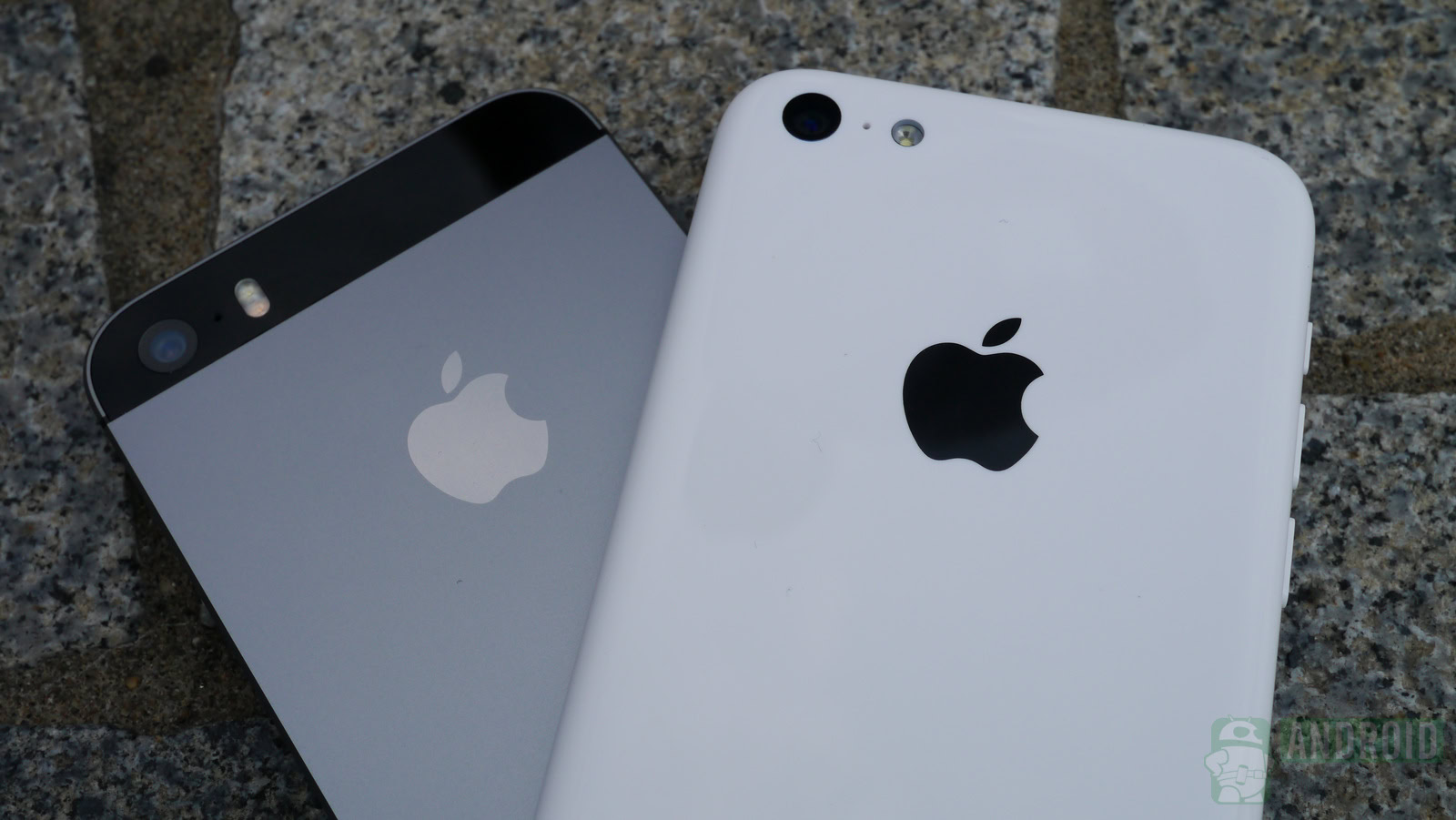
Much was made of Qualcomm’s supposed surprise that Apple released the 64-bit A7. A comment about it being a “marketing gimmick” was quickly quashed and Qualcomm soon announced its own Snapdragon 410 processor with 64-bit support.
We took a look Qualcomm’s position and the challengers to its mobile technology dominance recently in Intel vs ARM and the future of mobile technology. Qualcomm is in a commanding position, but there are threats to overcome.
It has dominated smartphones, but the Kindle Fire HDX and Nexus 7 aside, it hasn’t had as much success with tablets, where NVIDIA and Intel are making gains. Intel wants to break into mobile after a slow start and it also showed off reference designs for wearables at CES 2014, but it might not be the biggest immediate threat.
Sravan Kundojjala, Senior Analyst at Strategy Analytics explained, “Qualcomm’s baseband revenue share increased to 66 percent in Q3 2013, thanks to its stranglehold on the LTE baseband market. Over the last four years, Qualcomm spent $14 billion on R&D, which helped the company to gain over 95 percent revenue share in the LTE baseband segment. While Qualcomm’s LTE baseband technology and market share leadership are unquestioned, we believe that certain competitors’ products are production-ready and have the potential to take share from Qualcomm in 2014, especially in the mid-to-low tier.”
MediaTek and Broadcom are making gains through low-end Android handsets, but are expected to make big moves in the LTE space this year. The growing markets in China and India are the new battleground.
Can Qualcomm crack China?

Qualcomm is fighting to get into the Chinese market as the world’s largest carrier, China Mobile, pushes out LTE. “Our business is getting at the forefront of a technology migration that is occurring in China,” Qualcomm CEO, Mollenkopf told Reuters. “For us now, there’s the opening up of the largest carrier there.”
However, it may run into problems, as it’s currently under investigation by the NDRC. It remains to be seen whether Qualcomm can dominate the same way it has in the U.S. as average phone prices drop. The company still relies on licensing deals for the bulk of its profits and they are declining.
Qualcomm has remained one step ahead of the competition so far. Can it continue to do so? Only time will tell. Let us know what you think in the comments.